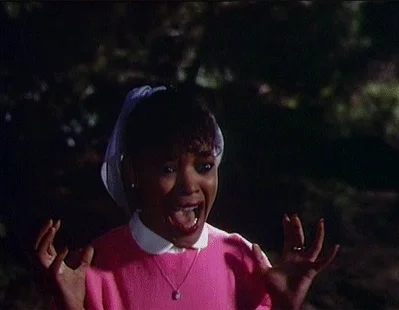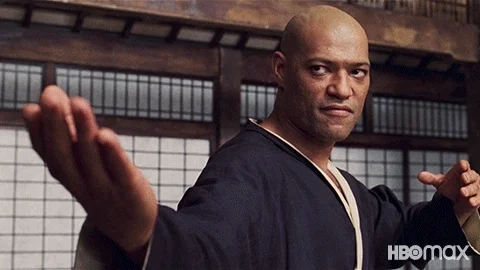
This logo isn't an ad or affiliate link. It's an organization that shares in our mission, and empowered the authors to share their insights in Byte form.
Rumie vets Bytes for compliance with our
Standards.
The organization is responsible for the completeness and reliability of the content.
Learn more
about how Rumie works with partners.
Job interviews are your time to spread your peacock feathers and show why you deserve the position you want.

But sometimes interviewers ask you questions that seem, on the surface, to force you to expose your weaknesses and failures.
One such question that strikes fear into the hearts of job seekers everywhere is: "Tell me about an error in judgment you made at work. What was its impact?"

This question doesn't have to frighten you! In fact, it's a perfect opportunity to show why you should be hired.
What They Really Want to Know
First, let's get this out of the way: employers aren't expecting you to be a perfect worker who has never made any errors.
Instead, they're looking to find out:
Are you self-aware regarding your mistakes and do you take responsibility for their impact?
How do you handle challenges and the stress that comes with it?
Do you treat your setbacks as lessons and use them to grow into a more competent version of yourself?
 Photo by Brett Jordan on Unsplash
Photo by Brett Jordan on UnsplashQuiz
Which are poor examples of how to answer this interview question?
These answers are all too good to be true, as we've all made errors. You'll want to have one in mind that shows you are self-aware, take responsibility for your mistakes, navigate challenges smoothly, and grow from experience.
Choosing an Error to Talk About
Let's face it: there are some types of errors that you won't want to talk about.
 Avoid these errors:
Avoid these errors:
Anything involving key skills you need for your job, e.g. you are a programmer and you forgot basic HTML tags
Monumental catastrophes that harmed your organization
Character flaws, e.g. "I have difficulty staying on task."
Anything illegal or unethical
Errors that were made due to your perceived strengths, e.g., "I worked so hard that I fell asleep on the job."
Blaming others, e.g. "I took advice from the wrong person."

But other errors are opportunities to show your ability to learn from mistakes and solve problems.
 Choose these instead:
Choose these instead:
Errors you made due to lack of attention to detail
Miscommunications and misunderstandings
Missed deadlines
Conflicts with colleagues
Not having the requisite knowledge yet
Underperformance
Use the STAR Technique to Frame Your Answer
The STAR technique is a popular storytelling tool used for answering interview questions. It will make you look like a star!

The technique is broken down into a four step, sequential process:
Situation: Give context to the story you're about to tell. Think of who, what, where, when, what, and how.
Task: What were you assigned to do? What was the organization's goal?
Action: What did you ultimately do? Why did you make the decisions you made?
Results: What was the impact of your actions and what did you learn?
Quiz
When you describe your error, what should you mention during the "results" step?
The results step is the perfect time to mention how you learned from your mistake and how you used that lesson to improve your job performance going forward. The interviewer will be impressed with your self-awareness and your ability to evolve.
Did you know?
Rumie offers a Byte that explains the STAR technique in-depth. Check it out here.
Sample Responses

Sample A: Late Report
My company had recently lost a key employee due to serious illness and my manager trusted that I would be able to take over their workload until they were able to hire a replacement.
One new task was writing a report and getting it approved by a Subject Matter Expert (SME) before handing it over to my boss. Writing the report itself was not difficult, as I was already familiar with the theme and content. However, I handed it over to the SME 30 minutes before I was due to turn it into my manager. This did not give them sufficient time to review it, so the report ended up being late.
I learned that I needed to communicate better with my colleagues to know what their schedules are like and how much time they need to perform certain tasks. From then on, I always gave my colleagues sufficient time to complete their tasks.

Sample B: The Cannery
I used to work as a quality assurance technician in a fruit cannery. My job was to weigh 20 cans, record the average, and make sure the date code was correct.
My first day on the job I took 20 cans off the conveyor belt and took them to my inspection table where I weighed them one by one. After that, I looked at the code and noticed it was wrong! About 500 cans had already passed by, and they had to be opened and re-canned so they could get the correct code printed on them.
From then on, I decided to check the codes first thing at start up before weighing them. This helped minimize losses and prevented giving extra work to the other cannery workers.
Take Action

Are you ready?
Prepare for this question and ace your interview!
This Byte has been authored by
Adam Minahan
Learning Designer